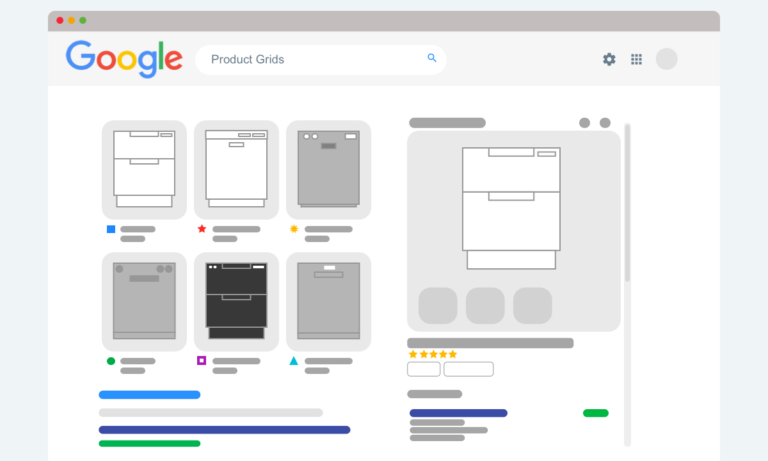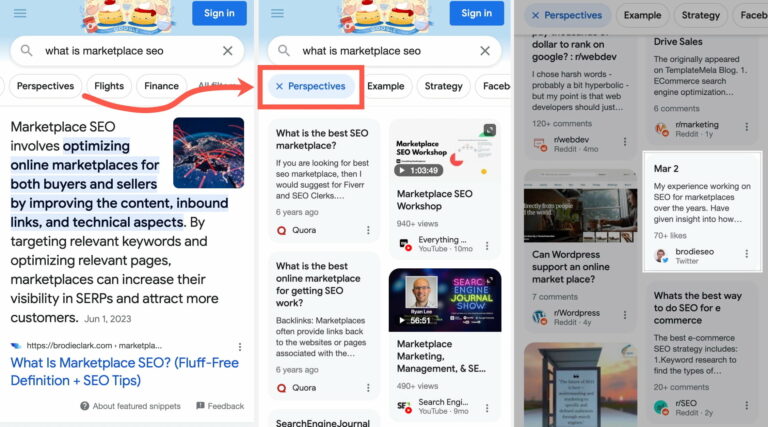Update September 15th, 2019: this post was created as something fun, but it now ranks well on Google. Wanted to add some extra details here.
There is now A LOT of sites using this markup in search results. This is unsurprising, as Google said (see the final FAQ below) that this markup can be used on ANY page.
Personally, I think this is a really bad idea for publishers. It looks spammy and makes zero sense. I have a feeling that Google will roll this one back in the future, or at least not display the SERP treatment.
FAQPage is a new type of markup from schema.org used to show your content on Google as a rich result. The markup can be built using either JSON-LD or Microdata in order to receive the SERP treatment.
The feature was first announced at Google Dance Singapore on July 26th 2018, with the full rollout being announced on May 8th 2019. One of the first sightings in the wild after this announcement was on May 10th 2019.
The feature is available in all countries.
Unlike HowTo markup, this feature is available on both Mobile and Desktop. HowTo markup is only available on Mobile currently, which means users will see only see the rich result on that device. FAQPage rich results can however be seen on all devices.
When QAPage markup first rolled out, this was confused by some for what FAQPage currently is. If users submit answers on the page, then use this markup instead.
In its existing state, along with the guidelines it is bound by, I don’t believe this is all that big of an opportunity for site owners. The types of content this markup applies to, won’t necessarily receive much exposure on Search due to the highly focused nature of the content.
I would start by reading Google’s Developer Documentation which can be found here.
You’ll need a few different Google tools to get this markup up and running. This includes Google Search Console (a verified property), the Rich Results Test, along with the Structured Data Testing Tool if you were wanting another place to test your implementation.
Depending on your experience level, you could get this markup added to your site and reflected on Google in 10 minutes (manipulate the code, add to your page, then force a crawl in Google Search Console). I found the process of adding HowTo markup to your content was much my involved in comparison, as there are far less requirements for correct implementation.
Surprisingly, Google confirms that this is fine to do. Read the full conversation I had with John Mueller over here.
You can add up to 10 to your markup and have those appear in Google’s search results. After the 10th, you’ll then have the ‘view more’ link at the bottom.
It appears that only 3 pages using the markup will display the treatment in search results. This also appears to be restricted to the 1st page of Google. So if using the markup and ranking on the 2nd page, it’s unlikely you’ll receive the SERP treatment.





